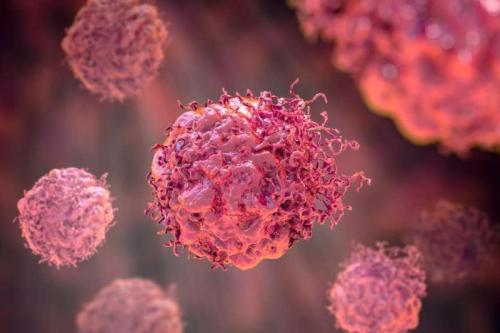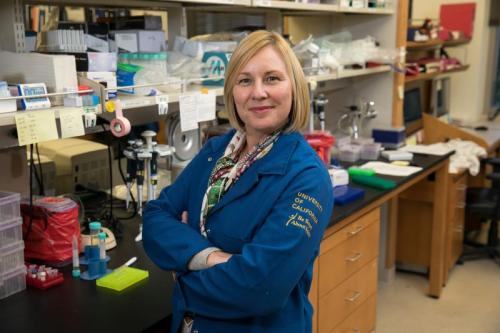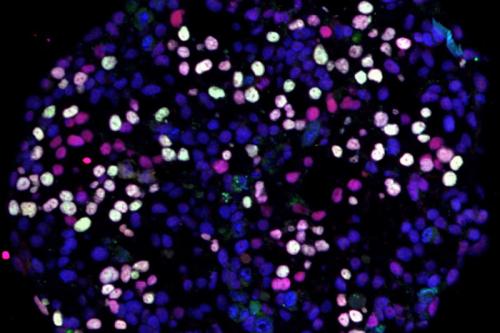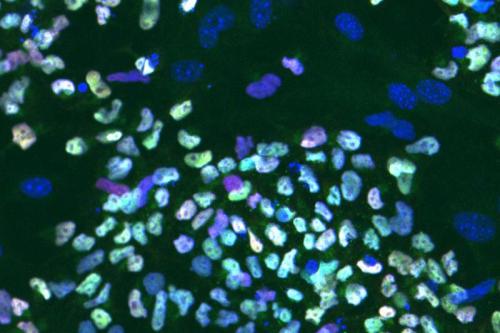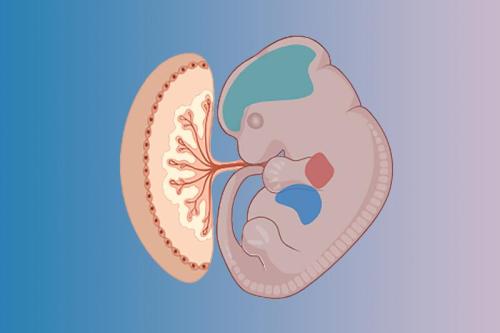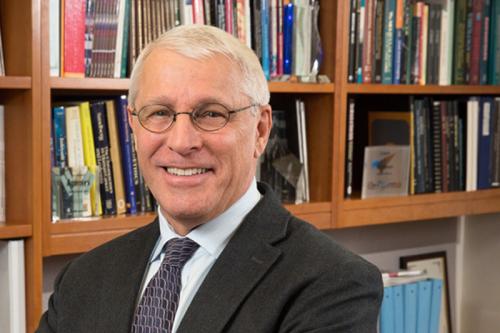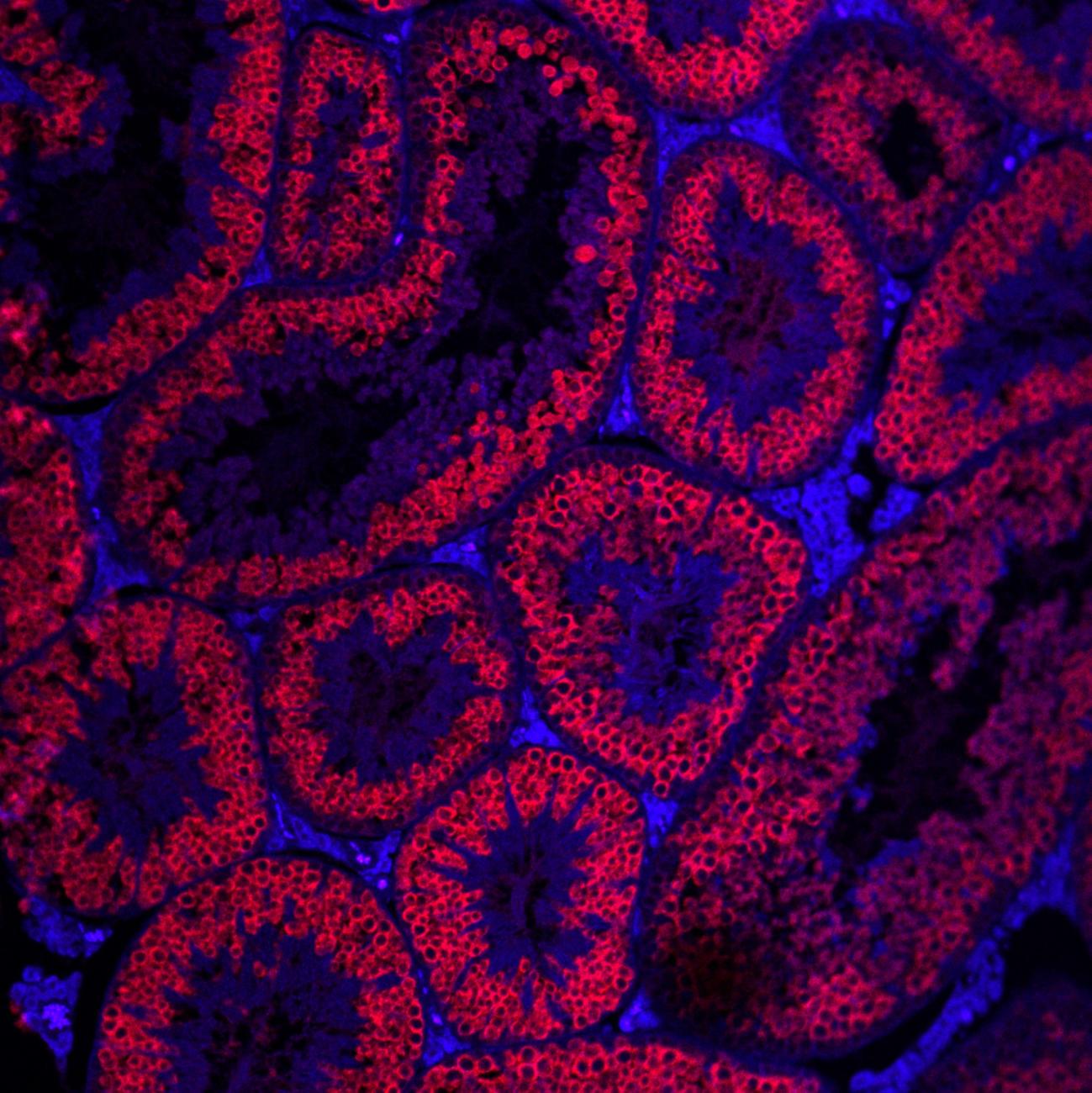
Reproduction & Infertility


Overview
Recent decades have seen relatively few advances in diagnosing and treating reproductive diseases including infertility and ovarian cancer. This is largely due to major gaps in our understanding of the exact mechanisms that determine how human reproductive organs form and function.
In close collaboration with physician-scientists at the UCLA Center for Reproductive Science, Health and Education, our investigators are using stem cells Cells that have the ability to differentiate into multiple types of cells and make an unlimited number of copies of themselves. stem cells Cells that have the ability to differentiate into multiple types of cells and make an unlimited number of copies of themselves. to solve unanswered problems and develop new, much needed therapies. Their studies span examinations of the genes that control egg and sperm development to explorations of how factors like aging, metabolism, the environment and stress affect pregnancy outcomes.
Their interdisciplinary approach to this research is bringing us closer to more effective therapies for gynecologic and other reproductive cancers; innovative approaches to overcome infertility and prevent early pregnancy loss; and the development of lower-cost contraceptive methods.
Our Goals
- Pinpoint genes that regulate the development of germ cells Also known as gametes, germ cells are reproductive cells that carry 50% of the genetic information of a typical cell. These specialized cells play a crucial role in reproduction, developing into sperm cells in males and egg cells in females. germ cells Also known as gametes, germ cells are reproductive cells that carry 50% of the genetic information of a typical cell. These specialized cells play a crucial role in reproduction, developing into sperm cells in males and egg cells in females. to inform new approaches to overcome infertility in males and females
- Uncover what’s required for successful embryo The early developmental stage of a multicellular organism, typically occurring after fertilization of an egg cell by a sperm cell. embryo The early developmental stage of a multicellular organism, typically occurring after fertilization of an egg cell by a sperm cell. implantation and development, insights that will help explain causes of infertility, spontaneous miscarriage, failed IVF cycles and congenital diseases and pave the way for new therapeutics
- Discover how environmental exposures A wide range of external and internal factors that impact human health. External exposures include chemical pollutants, radiation, diet and social interactions. Internal exposures involve stress, metabolism and the microbiome. Researchers study the exposome, which encompasses all exposures throughout life, to understand disease risk. environmental exposures A wide range of external and internal factors that impact human health. External exposures include chemical pollutants, radiation, diet and social interactions. Internal exposures involve stress, metabolism and the microbiome. Researchers study the exposome, which encompasses all exposures throughout life, to understand disease risk. such as arsenic, alcohol, BPA and e-cigarettes affect reproductive health and pregnancy outcomes
- Develop new therapies for treatment-resistant gynecologic cancers using stem cell-derived disease-in-a-dish These models use lab-grown cell structures made from patient tissue samples to study human disease outside of the body. Cells are reprogrammed to a pluripotent state, then transformed into different cell types, allowing scientists to study disease processes in a controlled environment. They differ from organoids, which offer a more complex and organ-specific perspective, capturing cellular diversity and interactions. disease-in-a-dish These models use lab-grown cell structures made from patient tissue samples to study human disease outside of the body. Cells are reprogrammed to a pluripotent state, then transformed into different cell types, allowing scientists to study disease processes in a controlled environment. They differ from organoids, which offer a more complex and organ-specific perspective, capturing cellular diversity and interactions. models
- Pursue stem cell-based approaches to help people whose bodies don’t produce eggs or sperm — because of chemotherapy, radiation, genetics or other unexplained causes — have genetically related children
- Determine how chemicals present in air, water, food, soil or dust can alter the epigenome The network of chemical compounds surrounding DNA that can influence gene expression without altering the underlying DNA sequence. Changes in the epigenome can be influenced by the environment and can play a role in a person's health and disease. epigenome The network of chemical compounds surrounding DNA that can influence gene expression without altering the underlying DNA sequence. Changes in the epigenome can be influenced by the environment and can play a role in a person's health and disease. of germ cells — the effects of which can ripple down through generations
- Identify new, accessible and low-cost options for female contraceptives that can be used by women worldwide
Research Highlights
Immunotherapies for ovarian cancer
Center members create a roadmap of ovarian cancer tumors and their microenvironment as they form and progress, which could guide the development of better cell-based immunotherapies to fight ovarian cancer.
Creating new, low-cost contraceptives
Our researchers are developing human stem cell-derived ovarian organoids to screen and identify new contraceptive drug candidates.
Lab-grown eggs and sperm to treat infertility
UCLA study reveals timeline and pathway of germ cell development — crucial information that could help scientists generate egg and sperm cells in the lab.
Exploring causes of infertility and miscarriage
UCLA research that examines how early embryonic development can go awry could help better predict infertility or embryo quality.
Unprecedented genetic analysis of embryos
UCLA study tracks the genetic development of a human and mouse embryo with a powerful technique that could lead to more accurate and earlier diagnosis of diseases in embryos.
Mapping human egg and sperm development
Our scientists develop the first resource that maps key stages of human egg and sperm cell development — removing major bottlenecks in infertility research.
Effects of maternal diabetes on fetal development
Our scientists show impacts of maternal diabetes on fetal tissues, findings that could lead to treatments that give diabetic mothers a better chance of delivering healthy babies.
